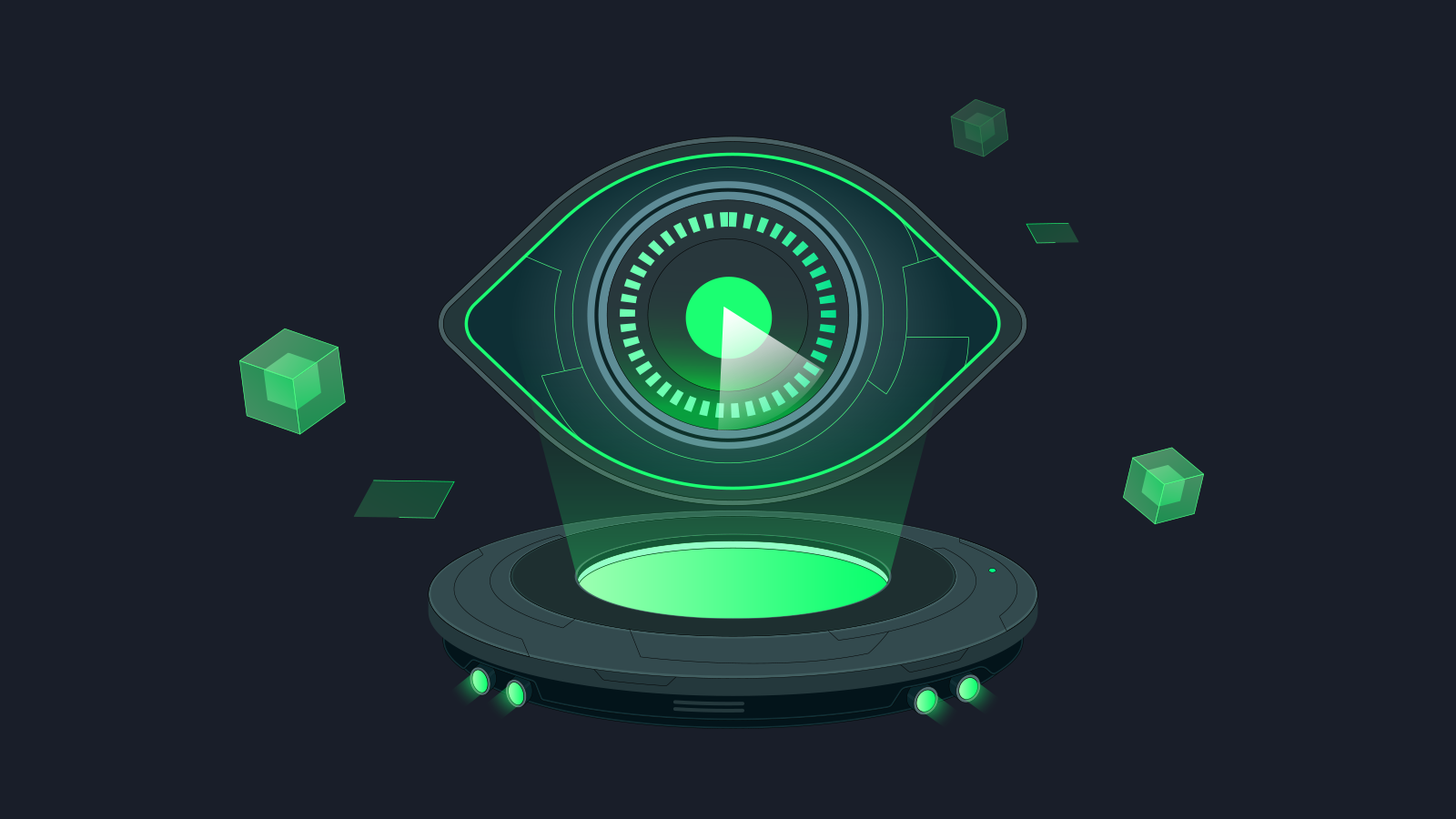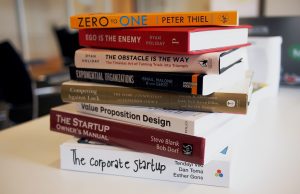The Evolution of Crypto Oracles
What Are Crypto Oracles?
Blockchains are secure and reliable, but they cannot access external information on their own. This limitation is known as the “oracle problem.” Smart contracts need data from the real world to perform actions – such as settling a bet based on a sports result or adjusting interest rates based on market prices.
Crypto oracles solve this problem by acting as bridges between blockchains and the outside world. They deliver smart contract inputs like price feeds, temperature readings, election results, and more.
There are different types of oracles based on what they do:
|
Type |
Function |
|
Price Feed Oracles |
Deliver asset prices to DeFi platforms |
|
Event-Based Oracles |
Send data from real-world events like weather or sports |
|
IoT Oracles |
Pull data from smart devices and machines |
|
Cross-Chain Oracles |
Share data between different blockchains |
|
Computation Oracles |
Run complex off-chain calculations and deliver results |
Chainlink Evolution: From Price Feeds to a Full Oracle Network
When we talk about oracles, Chainlink often leads the conversation. Chainlink started by offering price feed oracles for DeFi projects like Aave and Synthetix. These feeds allowed smart contracts to function based on real-time market data.
But over time, the Chainlink evolution expanded the network’s capabilities. Today, Chainlink supports:
- Weather data
- Random number generation (VRF)
- Sports scores
- Cross-chain messaging
- Proof of reserves
It also introduced Chainlink Automation (formerly Keepers), allowing smart contracts to run automatically based on preset conditions. This is a big step toward DeFi automation, where apps can operate without manual input.
Chainlink’s Data Feeds now include more than just crypto prices. Developers can integrate APIs to bring real-time data from almost any source into smart contracts.
Why Real-Time Data Is a Game-Changer
Real-time data makes smart contracts smarter. Instead of waiting for delayed updates, smart contracts can act the moment something happens. This is important in many fields, including:
- Finance – Price-sensitive trades or liquidations
- Insurance – Instant payouts based on weather conditions or flight delays
- Gaming – Real-time scores and outcomes
- Supply Chain – Tracking items with GPS and temperature data
- NFTs – Dynamic NFTs that change based on real-world events
Here’s a simple example: Imagine a smart contract that pays farmers if rainfall is below a certain level. A weather oracle sends real-time data from trusted sources, and the contract releases funds instantly.
Without real-time oracles, this would not be possible.
How Crypto Oracles Power DeFi Automation
In DeFi, smart contracts manage billions of dollars. They handle lending, borrowing, trading, and more. To function safely, these contracts need accurate and fresh data. Crypto oracles feed them market prices, volatility indexes, interest rates, and more.
Thanks to DeFi automation, smart contracts can now perform actions like:
- Automatically liquidating loans when collateral drops
- Adjusting yield farming rewards based on market demand
- Rebalancing portfolios
- Triggering limit orders
Here’s a look at how a price oracle supports an automated loan contract:
|
Step |
Action |
|
Oracle sends ETH price to contract |
$ETH price drops below $1,500 |
|
Contract checks loan collateral |
Collateral too low |
|
Contract triggers liquidation |
Loan is closed, collateral is sold automatically |
This process happens without any human action. That’s the power of oracles in DeFi automation.
Challenges and the Road Ahead
While crypto oracles are powerful, they are not without challenges. Here are some key concerns:
- Data reliability – What if the data source is wrong?
- Latency – Real-time means fast, but how fast is fast enough?
- Security – Oracles must be protected from manipulation
- Cost – Real-time data feeds can be expensive to run
To address these issues, oracle networks like Chainlink are working on new solutions. These include decentralized oracle networks (DONs), zero-knowledge proofs, and trusted execution environments to keep data secure and verifiable.
We can expect more use of AI and machine learning in oracles as well. This would allow smart contracts to make even more intelligent decisions based on complex real-world data.
The evolution of crypto oracles shows how far the blockchain space has come. What started with simple price feeds has now turned into full data delivery systems. These systems feed real-time data into smart contracts, powering everything from DeFi automation to insurance and supply chain tracking.
With the continued development of projects like Chainlink, we’ll see even smarter applications in the near future. For blockchain to reach its full potential, smart contracts need to be aware of the world around them. Thanks to oracles, that future is closer than ever.
Source link














Post Comment